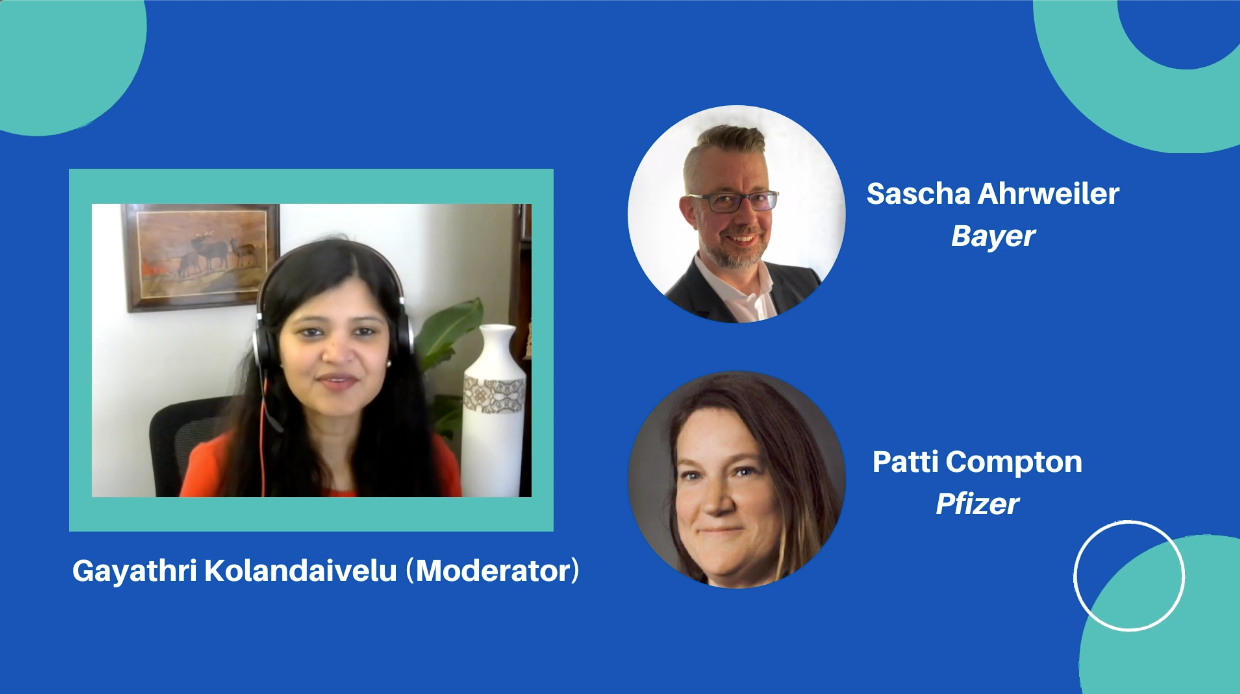In our final PHUSE Video Podcasts show about the six competencies global statistical programming heads need to have, you will learn about the importance of data acumen. Patti Compton (Pfizer) and Sascha Ahrweiler (Bayer) talk about this critical skill. Both Patti and Sascha have more than 25 years’ experience under their belt and share some interesting insights, how they got to learn about medical data and what is special about this type of data.

Watch Data Acumen here: https://www.youtube.com/watch?v=bLW79zZvrok
We’ve heard that data is the new oil more than once! But how is pharmaceutical data different to data which companies like Google or Amazon analyse in real time to move their business forward?
Well, first of all, clinical trial data has its origin in patients. That means, every single data point has its origin in a real human before it flows through electronic case report forms and the various data management tools, and before statistical programmers get their hands on the data to derive the required information. As you will learn from Patti and Sascha, this is one of the reasons why statistical programmers need to understand the facets of medical data. Each data point has a specific meaning and a statistical programmer needs to understand the content of the data to analyse it correctly.
The understanding of data standards and metadata concepts is equally important in our regulatory environment. With the rise of CDISC more than a decade ago, all drug applications must follow this mandatory standard. Statistical programmers are accountable to adhere to these standards and non-compliance can result in a rejection of a multi-million-dollar project. This is a lot of accountability for a statistical programmer.
Today, real-world data sources or new digital data sources, such as wearables and devices, are utilised in clinical trials. With this, the amount of data has exponentially increased. This has a huge impact on our submission packages. Statistical programmers again need to have a thorough understanding of the data types to define reasonable aggregations for exploratory and regulatory purposes. The tools utilised for these tasks have become more and more sophisticated in recent years.
Finally, with all these data challenges at hand, how fast can science go? Just think about the vaccine development during the COVID-19 pandemic and imagine what this meant for data scientists. Patti has some great insights into how data supported this accelerated development.
Can you imagine a more exciting time to work as a statistical programmer or a clinical data scientist than now?

If you want to dive deeper into data acumen in the pharmaceutical environment, there are several great resources available. A good introduction about the importance of data literacy can be read in a Harvard Business Review article written by Hugo Bowne-Anderson.
But how can you learn about the specific data we are using in our pharmaceutical context? A good start is the therapeutic areas of the CDISC standards. A statistical programmer needs to understand these metadata concepts to effectively work in these areas. Understanding the metadata concepts needs to be followed by a deeper understanding of the respective therapeutic areas. Our PHUSE Education team is continually pooling educational material to help our community to better explore these therapeutic areas.
